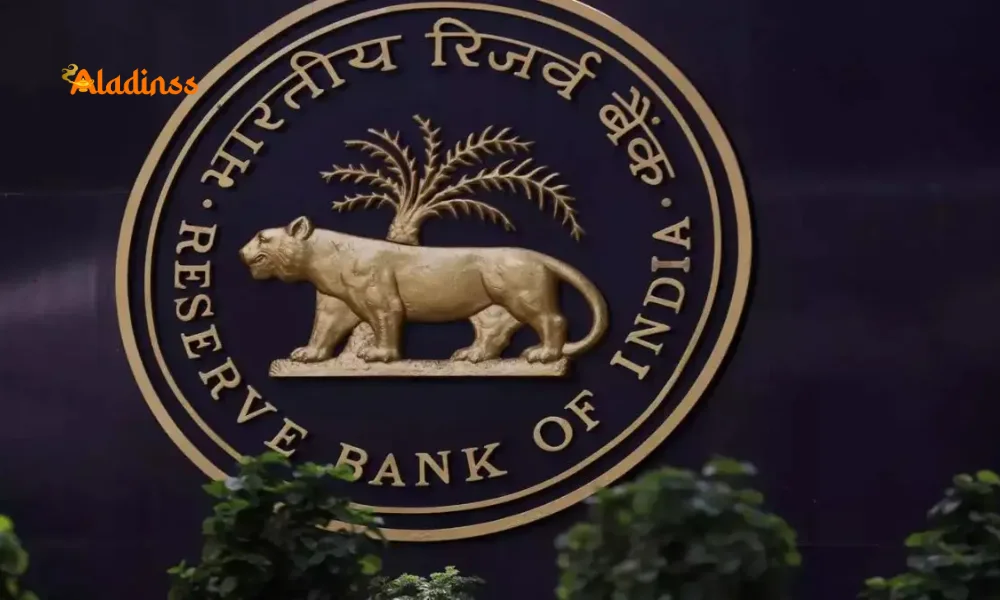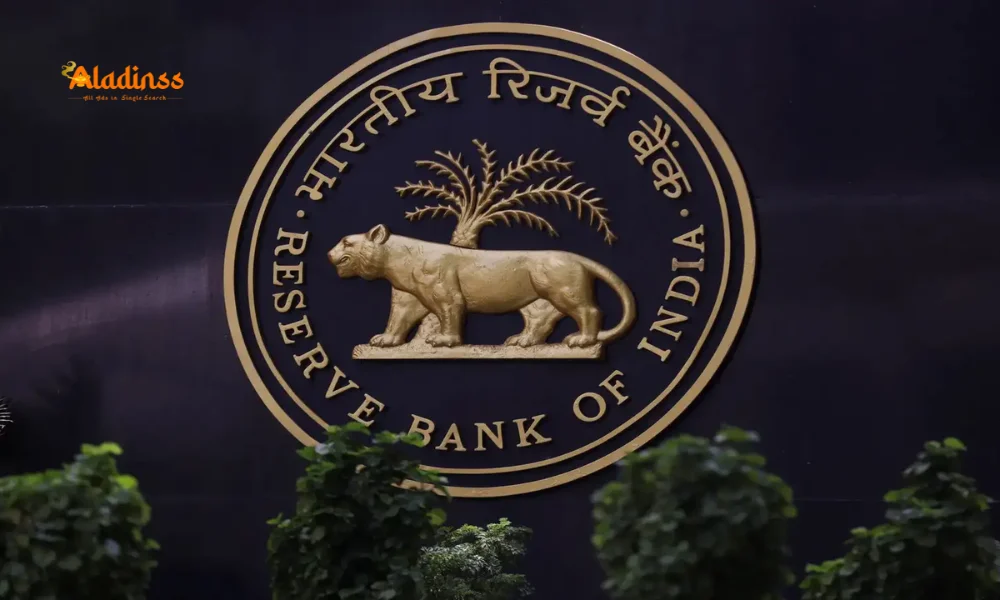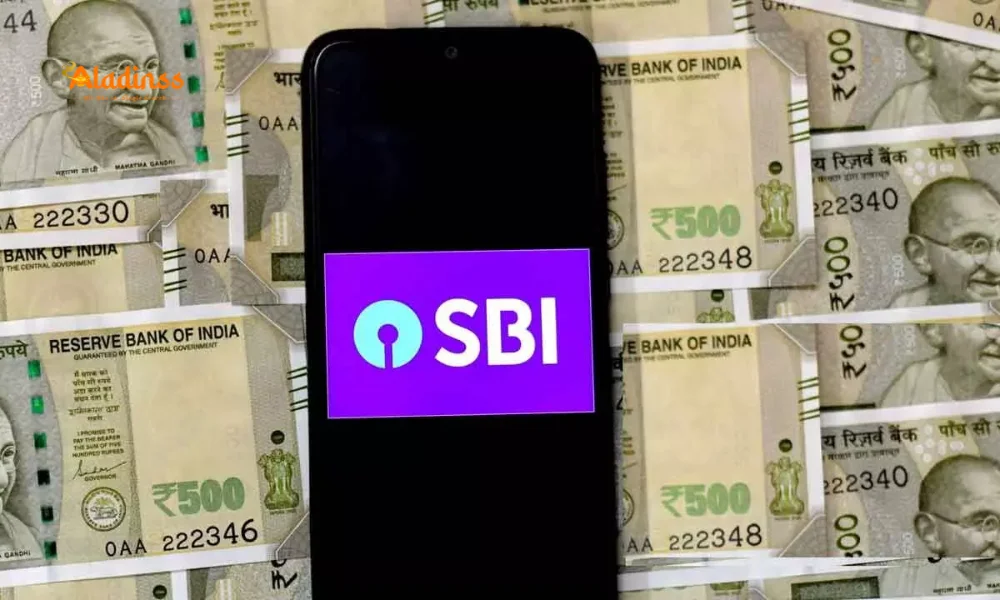How Small Businesses Get Loans in India Eligibility Process Tips

How Small Businesses Can Get Business Loans in India – Eligibility, Process & Tips
Small businesses in India power over 60% of employment, yet access to timely capital remains a challenge. In 2025, business loans for small businesses are more accessible than ever, thanks to government schemes, digital lenders, and fintech innovation. Whether you need funds for inventory, machinery, or working capital, understanding eligibility for business loan and the application process can secure approval within 48 hours.
From traditional banks to NBFCs and Mudra Yojana, multiple options offer loans from ₹50,000 to ₹50 crore. This guide breaks down every step—documents, credit score impact, interest rates, and insider tips to improve approval odds and reduce processing time.

Digital platforms now use AI to assess cash flow, GST returns, and bank statements, reducing paperwork. With interest rates starting at 8.5% p.a., strategic borrowing can fuel 30–50% growth. Follow this roadmap to turn your funding need into approved capital.
1. Understand Types of Business Loans Available
Choose the right loan type based on purpose and tenure:
- Term Loans: ₹1–50 crore for machinery, expansion (3–7 years)
- Working Capital Loans: Overdraft or CC limit for daily operations
- Mudra Loans: Up to ₹20 lakh under PMMY (Shishu, Kishor, Tarun)
- MSME Loans: CGTMSE guarantee, collateral-free up to ₹5 crore
- Invoice Financing: 80% of unpaid invoices, ideal for B2B
- POS Machine Loans: Based on card swipe volume
- Startup India Loans: Up to ₹50 crore with SIDBI support
Government-backed schemes offer subsidies and lower rates. Fintechs like Lendingkart, FlexiLoans provide instant approval using digital data. Match loan type to cash flow—avoid long-term loans for short-term needs.
2. Check Your Business Loan Eligibility
Lenders assess six key parameters:
- Business Vintage: Minimum 1 year (6 months for fintechs)
- Annual Turnover: ₹1–2 crore minimum for banks; ₹40 lakh for NBFCs
- Credit Score: 700+ (CIBIL); 75+ (CRIF) for proprietor
- GST Returns: Regular filing of GSTR-1, GSTR-3B
- Bank Statements: 6–12 months with healthy cash flow
- Profitability: Positive ITR for last 2 years
Women entrepreneurs get relaxed norms—lower rates, longer tenure. Rural businesses qualify under priority sector lending. First-time borrowers can start with ₹1–5 lakh to build credit history.
3. Prepare Required Documents
Keep digital and physical copies ready:
- KYC: PAN, Aadhaar, passport photo of owner/partners
- Business proof: GST registration, Udyam certificate, shop license
- Financials: ITR + computation (2 years), audited P&L, balance sheet
- Bank statements: Last 12 months (all business accounts)
- GST returns: GSTR-1, 3B for last 6–12 months
- Property papers (if collateral offered)
- Loan application form with business plan
Use Udyam portal for free MSME registration. File ITR early to avoid last-minute rush. Fintechs accept e-signed documents via DigiLocker.
4. Step-by-Step Loan Application Process
Follow this sequence for fastest approval:
- Step 1: Check eligibility on lender website or PSB Loans in 59 Minutes
- Step 2: Upload documents via portal or app
- Step 3: AI underwriting (2–48 hours for fintechs)
- Step 4: Video KYC and e-sign agreement
- Step 5: Sanction letter issued
- Step 6: Funds disbursed to business account
Government portals route applications to multiple banks. Compare offers before accepting. Processing fee: 0.5–2% + GST. No hidden charges in PSU banks.
5. Government Schemes for Collateral-Free Loans
Leverage these for lower rates and no security:
- PM Mudra Yojana: Up to ₹20 lakh (8–12% p.a.)
- CGTMSE: Guarantee cover up to ₹5 crore
- Stand-Up India: ₹10 lakh–₹1 crore for SC/ST/women
- PMEGP: Subsidy up to 35% for new units
- SIDBI SMILE: ₹25 lakh–₹50 crore for machinery
Apply via mudra.org.in or standupmitra.in. Subsidy credited after 2 years of regular repayment. Women get 5% interest subvention under some schemes.
6. Improve Approval Chances – Pro Tips
Implement these before applying:
- Maintain 1.5x current ratio in bank statements
- File GST returns before 20th of every month
- Avoid cheque bounce or overdraft overuse
- Show 20–30% revenue growth YoY
- Prepare 6-month cash flow projection
- Highlight government contracts or export orders
- Offer co-applicant with stable income
Use accounting software like Tally or Vyapar for clean books. Get CIBIL report corrected 30 days before applying. Build relationship with branch manager for PSU loans.
7. Compare Interest Rates & Hidden Costs
Rates vary by lender and risk profile:
- PSU Banks: 8.5–12% (MCLR + spread)
- Private Banks: 10–16%
- NBFCs: 14–24%
- Fintechs: 16–36% (short tenure)
Check for processing fee, prepayment penalty (0–4%), and insurance mandate. Use EMI calculator to assess affordability. Opt for reducing balance interest, not flat rate.
8. Digital Lenders vs Traditional Banks
Choose based on urgency and documentation:
- Fintechs (Lendingkart, Indifi): 24-hour approval, minimal docs, higher rates
- Banks (SBI, HDFC): Lower rates, 7–15 days, strict eligibility
- Co-operative Banks: Local support, flexible for rural businesses
Start with PSB Loans in 59 Minutes for in-principle approval from 20+ banks. Use fintechs for bridge funding. Build bank relationship for future larger loans.
9. Post-Approval Best Practices
Ensure smooth repayment and future credit:
- Route all business receipts through loan account
- Pay EMI 3 days before due date
- Submit stock statements quarterly (if required)
- Renew working capital limit annually
- Update KYC every 2 years
Good repayment improves CIBIL by 50–100 points. Enables top-up loans up to 50% of original amount. Avoid multiple loans—consolidate for better rates.
Final Checklist Before Applying
- Udyam registration completed
- GST returns filed up to date
- CIBIL score checked and improved
- Business plan with revenue projection
- All documents in PDF format
- Loan purpose clearly defined
The business loan process in India is now digital, transparent, and entrepreneur-friendly. Start with small credit, repay on time, and scale borrowing as business grows. Proper planning turns capital into 3x revenue within 18 months.
Apply today—your next growth phase is just one approved loan away. Use government portals for subsidies, fintechs for speed, and banks for scale. The future belongs to prepared borrowers.
Comment / Reply From
No comments yet. Be the first to comment!









